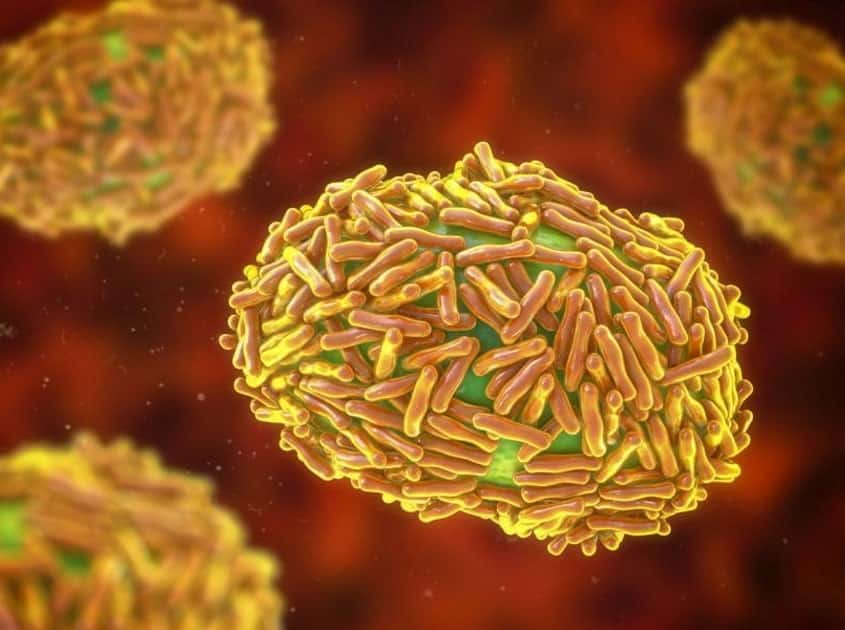What is Monkeypox and do I have to Worry?
What is Monkeypox?
This very rare disease was once confined almost exclusively to tropical Africa. During the past year, however, cases have been found in other countries, including the United States. While following closely in the wake of the COVID-19 epidemic, this emerging disease is still rare and of less concern to the general public. This disease appears to be less contagious and leads to milder symptoms than its more serious cousin smallpox (smallpox was eradicated worldwide in 1980).
The viral strain of monkeypox found in recent European and US cases is also closely related to a less-lethal strain detected in central Africa, where that strain has a death rate of less than 1% in a poor, rural population.
What are the Symptoms of Monkeypox?
While there is no cause for alarm, it is important for people to be aware of the symptoms and to contact their doctor if they have concerns. The incubation period for monkeypox is much longer (7-14 days instead of 3-5 days for COVID-19). Symptoms and findings occur typically in 3 phases: (1) initial symptoms are usually flu-like, including fever, chills, exhaustion, headache and muscle weakness. This is followed by (2) swelling of lymph glands in the neck, armpits and groin, followed by (3) a widespread rash on the face and body, at times including the mouth, genitalia, palms and soles of feet. This rash consists of painful, raised, fluid filled spots (poxes), pearly in color and surrounded by red circles. After a week these lesions scab over and heal completely over 2-3 weeks.
How does Monkeypox Spread?
Experts say that in order for monkeypox to spread, it requires close personal and prolonged contact with an infected person during the time of visible rash until the lesions are healed. Men who have sex with men are currently at much higher risk for infection than the general population. Transmission can also occur through large respiratory droplets, but unlike the tiny widely dispersed aerosol leading to the spread of COVID-19, these large droplets travel only a few feet and require longer-term face to face contact. Common household disinfectants have been found to effectively kill the monkeypox virus.
How is Monkeypox Treated?
Known cases of monkeypox need to be isolated. Treatment is generally supportive depending on presenting symptoms. Smallpox vaccine (ACAM2000) has been shown to be about 85% effective in preventing monkeypox, but is not available to the general public. In the US, a new, two-dose vaccine, called Jynneos™, was developed in 2019 and is currently licensed to prevent monkeypox and smallpox. It is available for limited distribution to persons and health care workers known to have been directly exposed to patients with known monkeypox. The CDC is in process of moving available vaccine supplies to states where they may be needed. Older individuals who had received smallpox vaccine prior to the 1970s or in the military (shown by a scar on the upper arm) may have some residual immunity to monkeypox.
Based on current information, the risk of monkeypox to the general population is currently very low. The CDC and health care agencies are monitoring these risks and will provide updates as new information becomes available. For caregivers and their charges, it is important to be aware of the characteristic symptoms and signs found in monkeypox and to consult with a care provider for any questions or concerns.
The information in this blog should not be used as a substitute for professional medical care or advice. You should contact your physician or other health professional for advice concerning a particular condition or concern.
Connecting Patients to Providers through Personalized Health Information



